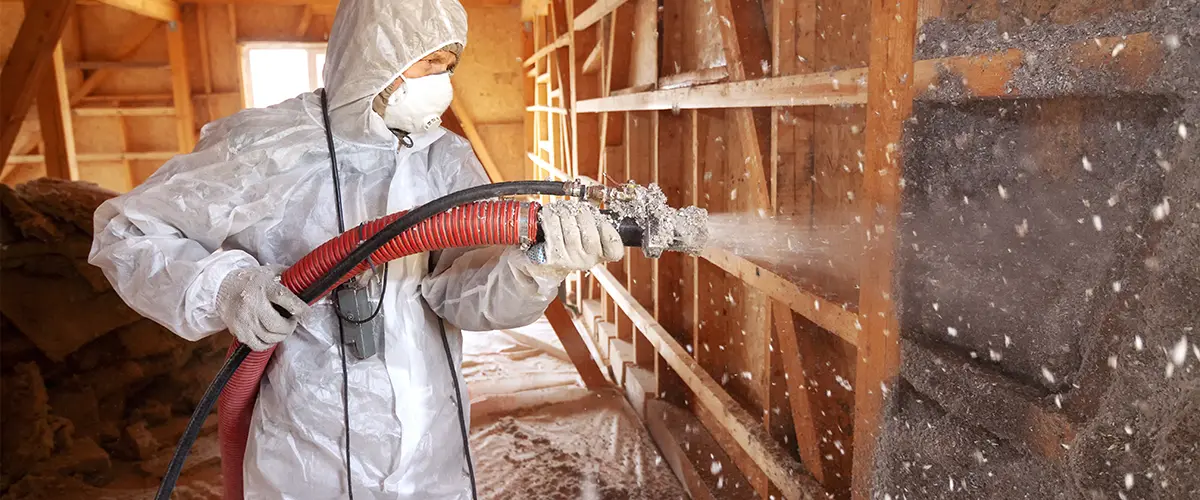Cellulose vs. Fiberglass Insulation: The Ultimate Insulation Face-Off
Welcome back, home improvement enthusiasts! Today, we’re tackling a hot topic in the world of home insulation: cellulose vs fiberglass. Both options are heavy hitters when it comes to keeping your home comfy and energy-efficient, but which one is the best fit for your needs?
Let’s dig into the details and help you decide!

What’s the Difference?
Cellulose Insulation: Made from recycled paper products, mostly newspaper, cellulose insulation is treated with fire retardants to ensure safety. It’s celebrated for its eco-friendliness and ability to snugly fill all those nooks and crannies in your walls and attic.
Fiberglass Insulation: Composed of fine glass fibers woven into a fluffy material, fiberglass insulation is a staple in many homes due to its affordability and excellent thermal properties. It typically comes in batts or loose-fill forms, making it versatile for different installation methods.
| Feature | Cellulose Insulation | Fiberglass Insulation |
|---|---|---|
| Eco-Friendly | Pros: Boasts up to 85% recycled content. | Cons: Less eco-friendly due to energy-intensive production processes. |
| Effective Coverage | Pros: Great at filling irregular spaces. | Cons: May leave small gaps if not installed meticulously. |
| Fire Safety | Pros: Treated with fire-retardant chemicals. | Pros: Naturally non-flammable; no additional fire-retardant treatment needed. |
| Settlement | Cons: Can settle over time, potentially reducing effectiveness. | |
| Moisture Issues | Cons: Prone to absorbing moisture, which can lead to mold if not installed correctly. | |
| Installation | Cons: Typically requires professional installation. | Pros: Easier to install for the average homeowner. |
| Cost | Pros: Generally less expensive than cellulose. | |
| Health Concerns | Cons: Can cause itching and irritation during installation. |

Performance Comparison
- Thermal Efficiency
- Soundproofing
- Eco-Friendliness
Installation Insights
Cellulose Insulation: Typically installed by professionals using specialized blowing equipment. It’s great for filling cavities completely, but the process is more complex.
Fiberglass Insulation: Available in batts and loose-fill, it’s a favorite for DIYers. The batts can be easily cut to size and placed, though care must be taken to avoid gaps and ensure thorough coverage.
Longevity and Maintenance
Cellulose Insulation
- Longevity: With proper installation and maintenance, cellulose insulation can last for many years. However, it may require occasional top-ups to maintain its effectiveness due to settling.
- Maintenance: Regularly check for moisture issues and ensure that there are no gaps or compression over time.
Fiberglass Insulation
- Longevity: Fiberglass insulation can last for decades if kept dry and undisturbed. It's less likely to settle compared to cellulose.
- Maintenance: Inspect periodically for any gaps, moisture intrusion, or damage. It's relatively low-maintenance but can degrade if exposed to water.
Making the Choice
Choosing between cellulose and fiberglass insulation boils down to your specific needs and preferences. If you’re focused on sustainability and superior coverage, cellulose is a fantastic choice.
If budget and ease of installation are your primary concerns, fiberglass might be the way to go.

FAQs on cellulose vs fiberglass insulation
Fiberglass is generally easier for DIY installation. It comes in batts that are simple to cut and fit.
Yes, cellulose insulation is treated with fire retardants and is safe when properly installed. Professional installation is recommended to ensure safety and effectiveness.
Regularly check for moisture and ensure there are no gaps or settling. For cellulose, periodic top-ups might be necessary to maintain its insulating properties.
Fiberglass is cheaper upfront, but cellulose can lead to greater energy savings over time, making it potentially more cost-effective in the long run.
Absolutely! Both types of insulation can significantly reduce your heating and cooling costs by maintaining a consistent indoor temperature.
Gigi Homes & Construction – Your Partner in Creating a Cozy, Efficient Home.
Ready to insulate your home for maximum comfort and efficiency? Contact Gigi Homes & Construction today for expert advice and professional installation services. Whether you choose cellulose or fiberglass insulation, our experienced team will ensure your home stays cozy and energy-efficient all year round.
Let’s transform your home together! Contact us now or visit our home remodeling page to get started. (703) 675-7574
